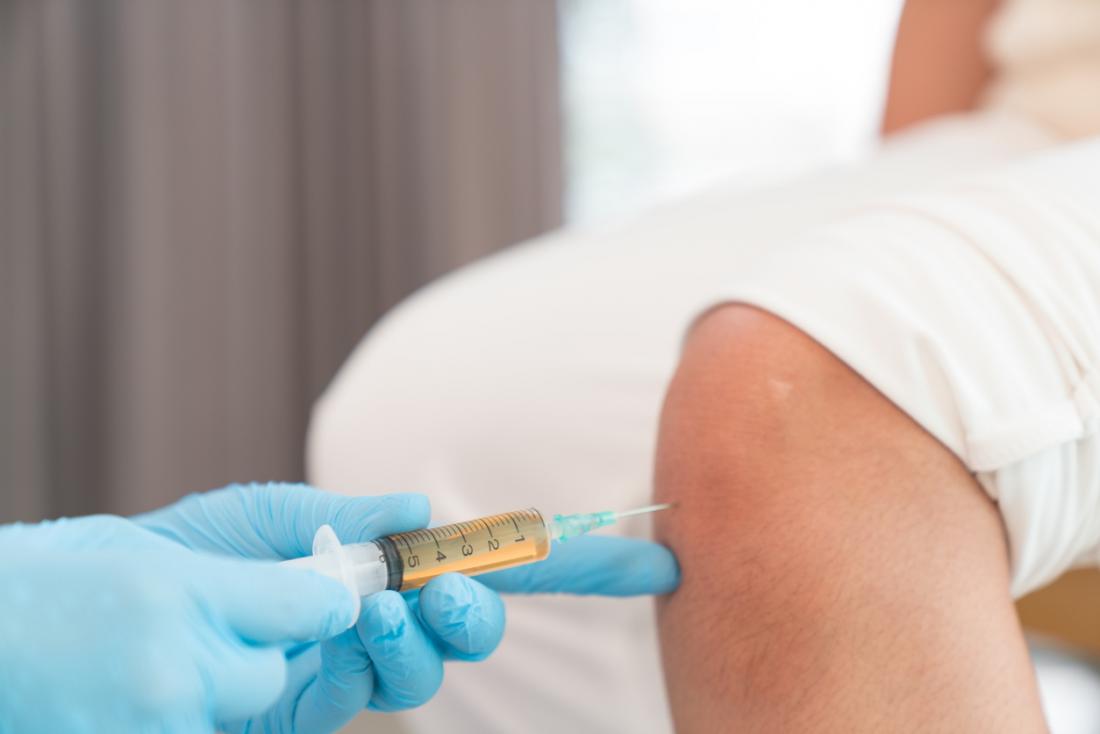This article highlights the delineation of platelet poor plasma vs. platelet rich plasma. Read on to know more.
Platelet Rich Plasma (PRP) Prolotherapy
It is a method of injecting to heal certain health ailments, just like Dextrose Prolotherapy. PRP is referred to as autologous blood with platelet concentration above baseline levels which has 7 growth factors. Cell ratios entail 6 percent platelet in normal blood, but in PRP the concentration is more than 94 percent! Platelets are loaded with proteins, cytokines and other factors that trigger and regulate essential aspects of natural wound healing. Dispersing platelets trigger growth factors like:
- Platelet-derived growth factor
- Vascular endothelial growth factor
- Fibroblast growth factor
- Insulin- like growth factor-1

Improved healing takes place when platelet concentration is raised with PRP. Activated platelets signal the repair cells, adult stem cells to address the injured area. Raising the volume of platelets on this basis can increase the subsequent influx of repair and stem cells. As the concentrated platelets are suspended in a tiny plasma volume, three plasma proteins namely fibronectin, vitronectin, and fibrin lead to repair matrix.
Platelet Poor Plasma
Platelet poor plasma is a blood plasma that contains very low number of platelets. Typically, PPP was suggested for use in platelet aggregation studies to adjust the concentration of platelet rich plasma and to control it as well. Platelet poor plasma also has high levels of fibrinogen which can form a fibrin rich clot when it is activated. Wound healing needs cell migration and attachment that is activated by the fibrin clot itself. Fibrin sealants is also used in many clinical cases like orthopedic surgery, blood management and cosmetic surgery.
This is how platelet poor plasma is prepared:
- Within an hour after you have collect the blood, centrifuge the capped citrate or blue top tube for at least 15 minutes.
- Then with the help of plastic transfer pipet, remove the top 3/4th of plasma and keep it in plastic centrifuge tube with cap.

- Don’t disrupt the plasma in the bottom of spun tube as you will find many residual platelets there. Note that aliquot with visible red cells or pink plasma cannot be used.
- You need to freeze the plasma immediately. The samples in most of the labs suggest that it must be frozen within 4 hours of blood collection.


